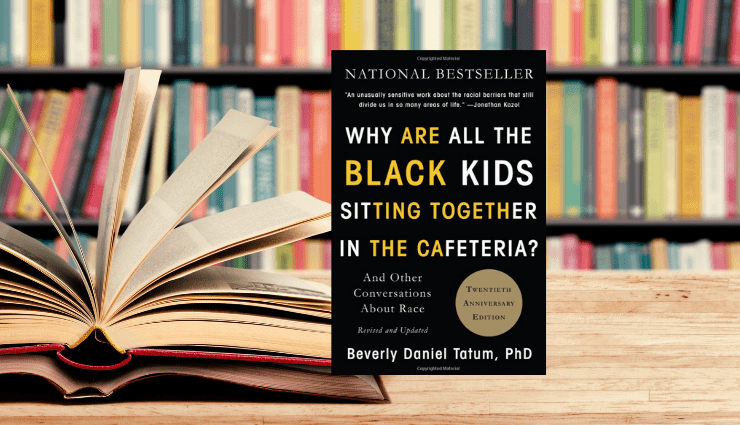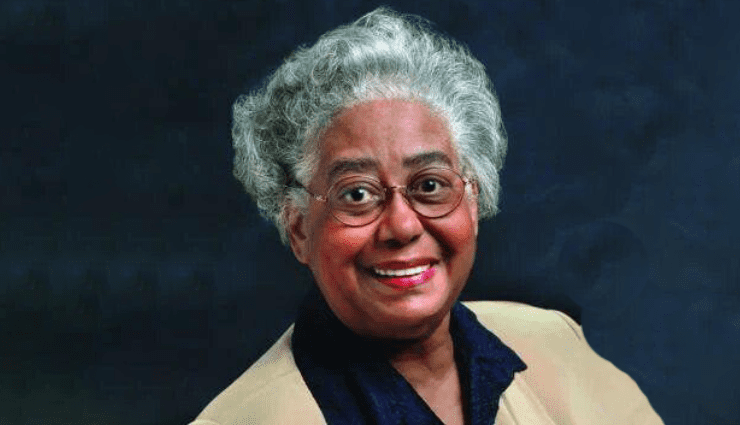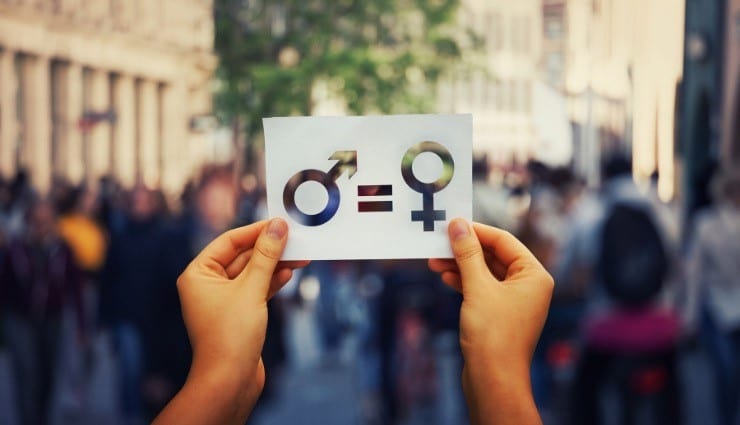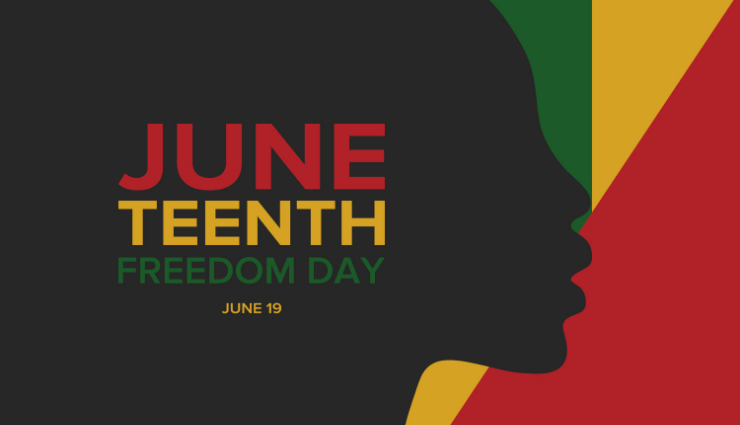Why Are All the Black Kids Still Sitting Together in the Cafeteria?

The first edition of “Why Are All the Black Kids Sitting Together in the Cafeteria?” by Beverly Daniel Tatum was published in 1997. At that time, conversations on race in America were on the rise again, but many schools and colleges still tended to shy away from addressing the complexities of race in both the campus culture and the curriculum. Those who set out to address it often did so awkwardly. Tatum’s well-researched and well-timed book change that dynamic for the better.
“Why Are All the Black Kids Sitting Together in the Cafeteria?” is based on a course, The Psychology of Race, that Tatum taught for years at Mount Holyoke College. From the positive student feedback, she knew that students valued the exploration of race and racial identity. In an effort to spread the word, Tatum wrote a 1992 article for Harvard Education Review titled “Talking About Race, Learning About Racism: An Application of Racial Identity Theory.” She also initiated related workshops for teachers and principals. Once again, the response was positive and suggested a deep hunger not just for change but also for guidance in leading such change. The article and workshops offered a valuable framework for understanding racial identity development in students and adults and gave educators a new way of addressing the ongoing issues related to race of racism in schools. So Tatum decided it was time to put all of her thinking and research into book form.
The book got its title, “Why Are All the Black Kids Sitting Together in the Cafeteria?” from a question Tatum fielded often from school leaders worried about the social divisions in school. The irony, of course, is that those asking the question were not asking about the grouping habits of White students. The question also implied a follow-up question: “And what can we do to solve this problem?”
For those of us who read the original edition, “Why Are All the Black Kids Sitting Together in the Cafeteria?” was a welcome clarion call. It not only proved helpful in understanding racial identity development, it encouraged all of us who had been interested in the topic to step up, speak up, engage. The book both helped us see the depth and parameters of race and racism in the nation and how it played out in the classroom. It also underscored the importance of dialogue with colleagues, families, students, and the greater community. “Why Are All the Black Kids Sitting Together in the Cafeteria?” in short, would turn out to be one of the most important late 20th-century books on race, especially regarding its impact in our school communities.
Required Reading for our Times
Twenty years later, it would be nice if we could say we’ve made significant progress in improving the cultures in our communities and schools, but it turns out that the past 20 years have proven to be more challenging and politically charged than most of us would have predicted in 1997. Racial injustice and racial inequities, in fact, have been on the rise. For this reason, in 2017, Tatum released a 20th anniversary edition of “Why Are All the Black Kids Sitting Together in the Cafeteria?” While the new edition has the essentially same framework as the original, it has been substantially and painstakingly updated. As a result, like its predecessor, it, too, has turned out to be required reading for our times. Indeed, like its predecessor, it has quickly become a best-seller.
“Twenty years after I first wrote these chapters,” Tatum writes, “how we see ourselves and each other is still being shaped by racial categories and the stereotypes attached to them. The patterns of behavior I described then still ring truth because our social context still reinforces racial hierarchies, and still limits our opportunities for genuinely mutual, equitable, and affirming relationship in neighborhoods, in classrooms, and in the workplace.”
The new edition of “Why Are All the Black Kids Sitting Together in the Cafeteria?” is worth reading for a number of reasons. If you hadn’t read the original edition, the 2017 edition will help you understand why and how we all develop our racial identities and how these identities play out in schools and in life. It also helps educators understand both why they should be open and direct in talking about race with students and colleagues, and how they can help BIPOC students and White students understand their own identity formation in context of their overall education.
Added Context
For those who read the first edition, the second is worth reading as both a reminder of the challenges that still lie before us and for understanding much of what has happened in 21st-century America to derail progress. The new prologue alone — which runs to 72 pages — is an excellent summary of race matters in U.S. since 1997. Tatum covers demographics changes and ongoing racial inequities in the early 2000s. She highlights the varying ways and degrees in which our nation continues to be divided by race, and how these divisions shape our view of the nation and its people. She covers the election of Barack Obama and the way a Black president had signaled important paradigm shifts for the better while also creating anxiety and fear among certain White groups. She covers the shocking rise in the imprisonment of Americans, particularly of Black Americans. She covers the economic collapse of 2008 and its devastating impact on the lives of people of color. She covers the rise of the Black Lives Matter movement in response to police brutality against the Black community and the horrific murders of Black men and women who posed no threat. She highlights the anti-affirmative-action backlash and its impact. Finally, she covers the election of Donald Trump and how his presidency has led to the rise of white supremacists, further endangering the lives of people of color and undermining DEI work in schools.
If nothing else, given this context, readers understand that racism and racial inequity remain central problems of our times and are linked to other major concerns — from health care to economics to criminal justice to global warming and other environmental matters. And these links can’t be ignored in schools. To this end, Tatum encourages educators to engage in thoughtful conversations about race with students and adults in school and to offer up a quality curriculum that supports the social-emotional and intellectual development of all students. We need to create a school climate that consciously supports all students and adults across race and culture. And we need to think about how normalizing conversations about race can help lead students to lives as thoughtful, respectful, caring citizens.
“Some people say there is too much talk about race and racism in the United States,” Tatum writes. “I say that there isn’t enough.” The goal, of course, is not to stoke the flames of division or to engage in idle chatter. The goal is “meaningful, productive dialogue to raise consciousness and lead to effective action and social change.”
Moving Forward
If you are not sure how to engage in this latter work, a good place to start is by reading the 2017 edition of “Why Are All the Black Kids Sitting Together in the Cafeteria?” If you are wondering if dialogue in schools can in fact lead to social change, research makes it clear that the answer is yes. As Tatum writes, “Both White students and students of color demonstrate attitudinal and behavioral changes, including: increased self-awareness about issues of power and privilege, greater awareness of the institutionalization of race and racism in the U.S., better cross-racial interaction, less fear of race-related conflict, and greater participation in social-change actions during and after college.”
Beverly Daniel Tatum ends the new edition by noting numerous signs of hope — particularly examples of people stepping up to confront racism and pushing for structural changes and programs that support a racially just society. That many of these examples take place in schools and colleges is highly encouraging. But if the last 20 years have taught us anything, it’s that shifting the paradigm related to race in America requires constant work. And this is where educators can play a central role. We get to spend most of our days (physically or virtually) with each rising generation. Day by day, conversation by conversation, we can help change the minds that can change the world.
Michael Brosnan is an independent writer and editor with a particular interest in education and social change. He can be reached www.michaelabrosnan.com.








